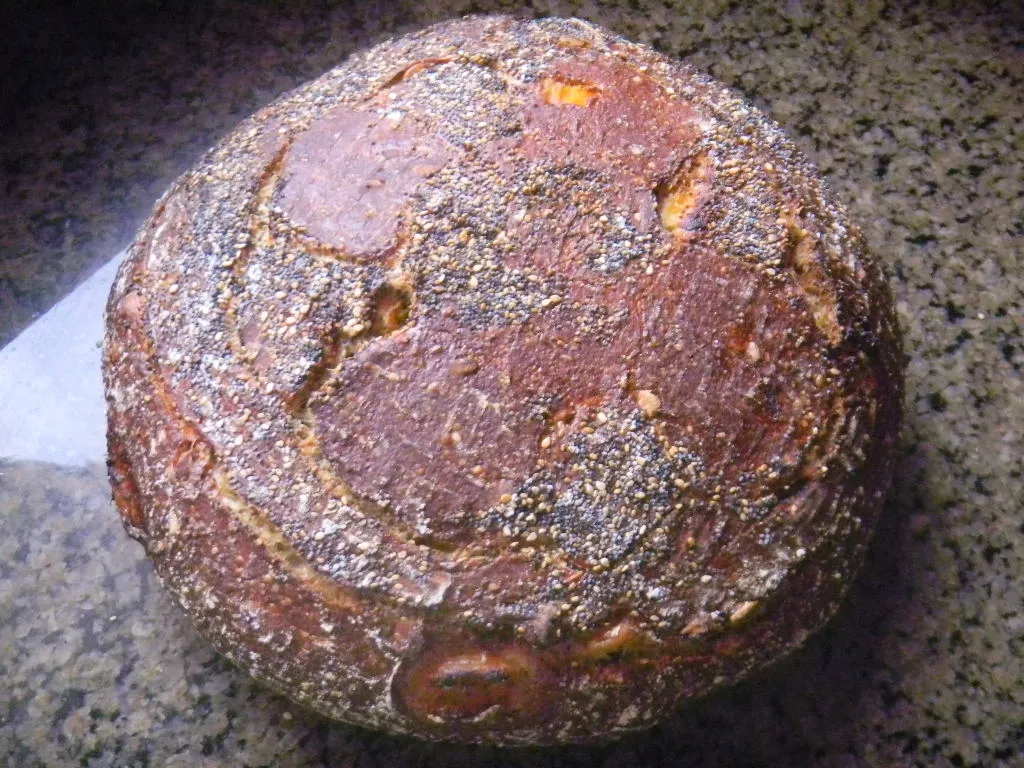Sourdough pizza crust with rye

I've been experimenting a bit with rye lately and the first thing I learned is that it has this weird quality that makes the dough very extensible, but not very elastic, right? So I was thinking to myself, where, oh where could I use that specific quality? And the first answer that came to my mind was Pizza! (The second idea is laminated dough, but I haven't had the chance to try it, I wonder if anyone has).
- Log in or register to post comments
- 5 comments
- View post
- Anonymous's Blog








